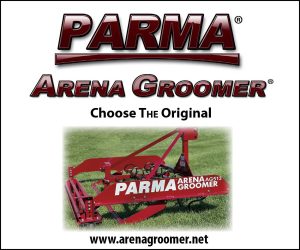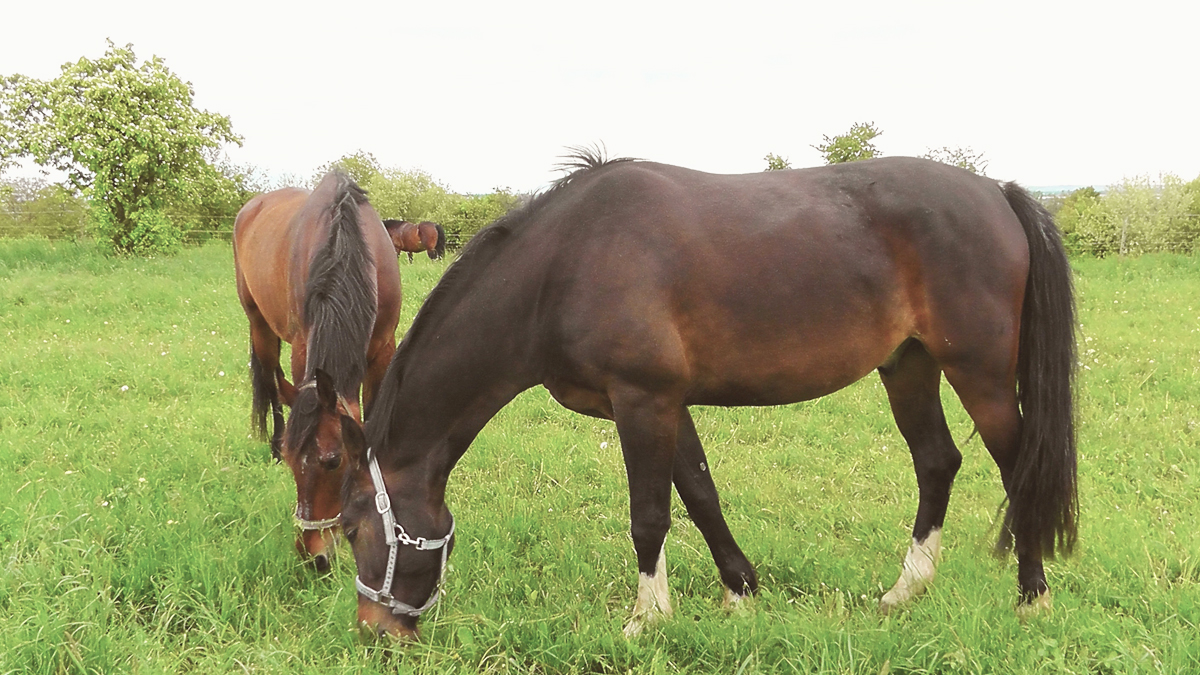by R. Paul Schwab, DVM
 Owning a horse is a huge investment, even if the purchase price is cheap. Feed, training, tack, and veterinary bills add up fast, even on the healthy horse. Emotional costs can’t be underestimated either. Your veterinarian and trainer can help you choose the horse that is right for you and the activities that you want to pursue.
Owning a horse is a huge investment, even if the purchase price is cheap. Feed, training, tack, and veterinary bills add up fast, even on the healthy horse. Emotional costs can’t be underestimated either. Your veterinarian and trainer can help you choose the horse that is right for you and the activities that you want to pursue.
For the veterinarian’s part, the pre-purchase exam is focused on looking at the horse’s physical health, conformation for intended use, and potential lameness issues. In some cases, the most important part of the exam is the horse’s handling and attitude, especially for beginners or kids. If at all possible, use a veterinarian that is not the regular vet for the seller to remove any potential bias or conflict of interest.
The exam generally starts with the history and signalment. What kind of horse, how old, how much training has it had, has the horse had any problems, etc. Sometimes this information is unknown or at least not disclosed. The physical exam involves going over the horse from head to tail, recording any scars, lumps and bumps as well as taking a temperature, looking at the eyes, and listening to the heart and lungs. The teeth are evaluated as well to see if there are any dental abnormalities and to make sure the horse is the age the seller says it is.
The musculoskeletal portion of the exam starts with looking at conformation. Conformation is how the horse’s bone, muscle, and body proportions relate and work together to perform a task. Is the horse pigeon-toed? Are the legs straight? Are the legs too straight? Also what may be an excellent conformation for a cutting horse will not do for a jumper, etc. Looking at conformation will suggest the longevity of a horse’s intended career as well. Maybe the horse has no lameness now, but his conformation suggests that he is likely to have lameness issues in the future.
Finally we move to the lameness exam. The hooves are typically cleaned out and a foot tester examination is done. A hoof tester is a device that farriers and veterinarians use to put pressure on various parts of the hoof to look for signs of pain. It is also helpful to evaluate the hardness of the sole as well. While we are picking up the feet we can also palpate the tendons and ligaments down the leg to feel for signs of pain, heat, or swelling. After the horse is thoroughly poked, prodded, and palpated we watch it move—straight line, lunge line, walk, trot, and canter. For lameness exams the trot on firm ground is most useful for evaluation. Once we get a baseline for how the horse moves we move to the flexion tests. Each joint of the leg is flexed for a period of time, usually about a minute. The horse is then lead away at the trot. If there is a problem at one of those joints, the horse will likely be lame for several steps. This test is especially useful when evaluating the hocks. Depending on the situation, the horse may also be evaluated with a rider. In some pre-purchase exams radiographs may be recommended to assess joints with issues found on the exam or are common problems with a certain type of horse—hocks in hunter/jumpers, navicular bones in cutting horses, etc. Horses that have had, or at the risk of having, laminitis may need to be radiographed as well to evaluate the health of the hoof and coffin bone.
Depending on the horse and the situation, other tests may be recommended by the veterinarian such as blood work or endoscopic evaluation of the upper airway or stomach. The teeth may also need a more thorough evaluation than the horse allows without sedation. After the horse is evaluated all the findings are discussed with the potential buyer. Most veterinarians don’t like to think of the exam as a pass/fail test. Is the horse sound and is it appropriate for the intended use of the buyer? If the horse has the ideal conformation but won’t let your 10-year-old daughter pick up its feet without sedatives, it’s probably not a good fit. A little extra money spent early on can save a lot in the end.
Published January 2013 Issue

The Northwest Horse Source is an independently owned and operated print and online magazine for horse owners and enthusiasts of all breeds and disciplines in the Pacific Northwest. Our contemporary editorial columns are predominantly written by experts in the region, covering the care, training, keeping and enjoyment of horses, with an eye to the specific concerns in our region.






